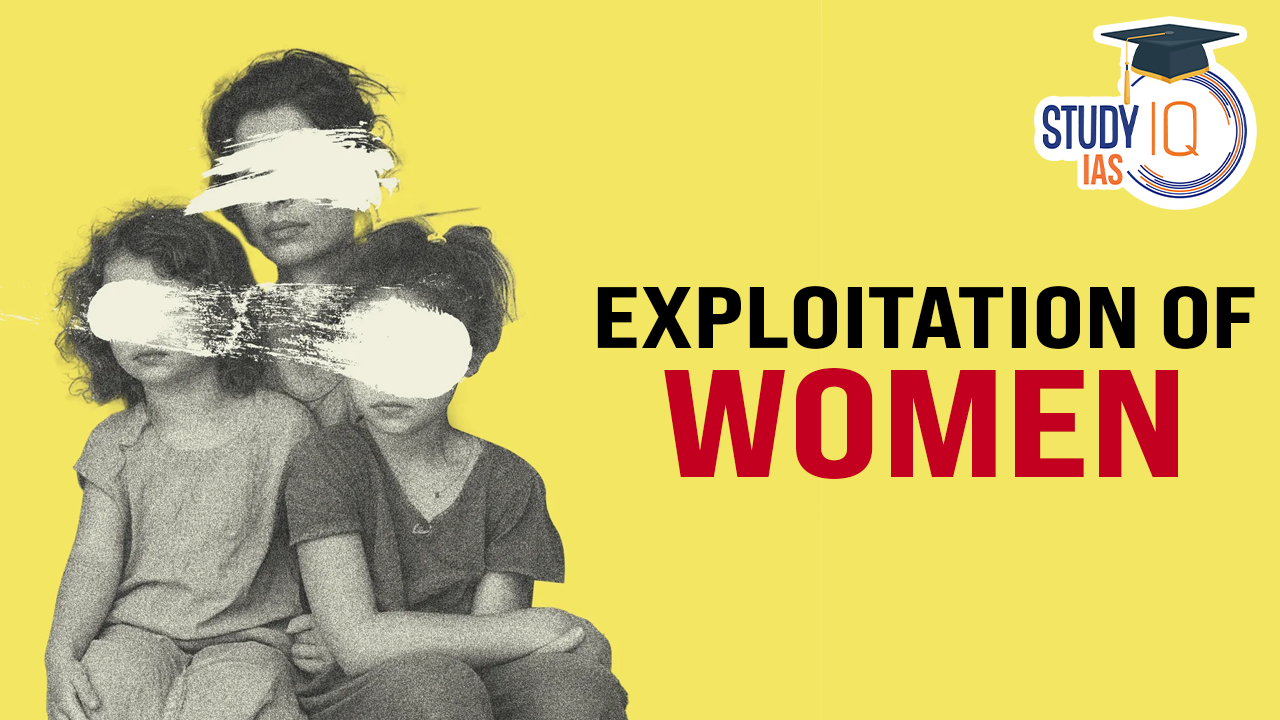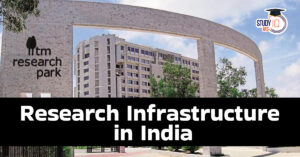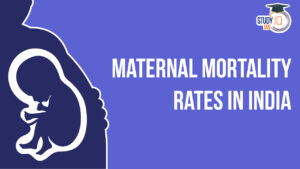Table of Contents
Context: The release of the Hema committee report has sparked a wider discussion on gender inequality and the need for improved workplace conditions for women.
Key Issues Addressed in the Hema Committee Report
- Sexual Exploitation and Assault: The report reveals that women in the film industry are often required to exchange sexual favours for career opportunities.
- Those who refuse to cooperate are frequently sidelined by powerful men in the industry.
- Discriminatory Practices and Lack of Facilities: The report highlights discriminatory practices against women, including the lack of basic facilities in the workplace.
What are Challenges to Women Safety?
- Women face stereotypes and societal expectations that often undermine their autonomy and dignity.
- Despite the Sexual Harassment of Women at Workplace (Prevention, Prohibition and Redressal) Act, 2013, India still faces widespread sexual harassment and exploitation of women at work.
- Example: The NCRB report 2022 highlighted that over 400 cases have been reported annually since 2018, with an average of 445 cases per year.
- Inadequate infrastructure such as poorly lit streets and inadequate public transport contribute to harassment and assaults.
- Victim-blaming attitudes deter women from reporting crimes. Women frequently encounter stigma and blame from their communities and even law enforcement.
- Substance abuse is associated with higher rates of violence against women, with many incidents involving perpetrators under the influence of alcohol or drugs.
- The inefficiencies within the justice system, including prolonged legal processes and lenient punishments for sexual offenders, erode public trust in law enforcement and leave survivors feeling unsupported.
- The lack of prompt FIR registration, delays in investigations, and ineffective forensic evidence collection further prolong the conviction process leaving survivors of sexual harassment without timely justice.
| Facts |
|
| Crimes Against Women – National Crime Records Bureau’s (NCRB) 2022 Report |
Overall Crime Statistics (2022)
Types of Crimes:
State-wise Data (2022):
|
Implications of Crimes Against Women
- Crimes against women contribute to India’s persistently low female workforce participation rates, as safety concerns dissuade many women from entering or remaining in the workforce.
- Men often discourage women in their families from pursuing financial or social independence through jobs or careers.
- Victims of sexual violence frequently suffer severe physical injuries, leading to long-term health issues such as chronic pain, reproductive problems, and a heightened risk of sexually transmitted infections (STIs), including HIV.
- Children who witness violence against their mothers are at risk of developing emotional and behavioral problems. They may also become victims of abuse themselves, perpetuating a cycle of violence across generations.
| Various Legal Frameworks Related to Women’s Safety in India |
The Sexual Harassment of Women at Workplace (Prevention, Prohibition and Redressal) Act, 2013:
Criminal Law (Amendment) Act, 2013 (Nirbhaya Act):
Protection of Children from Sexual Offences (POCSO) Act, 2012:
Prohibition of Child Marriage Act, 2006: This Act seeks to prevent child marriages, which disproportionately affect young girls, by setting the legal marriage age at 18 for women and 21 for men. Protection of Women from Domestic Violence Act, 2005: A landmark law that provides a broad definition of domestic violence and offers civil remedies to protect women from abuse within the home. Indecent Representation of Women (Prohibition) Act, 1986: This Act prohibits the indecent representation of women in various forms, including advertisements, publications, writings, paintings, figures, or any other manner, and addresses related matters. Immoral Traffic (Prevention) Act (ITP), 1956: Aimed at preventing the commercialization of vices and trafficking of women, this Act prohibits running brothels and soliciting, while recognizing the legality of engaging in prostitution itself. |
Judicial Interventions in Women’s Rights and Safety
- Joseph Shine vs. Union of India (2018): The Supreme Court decriminalized adultery.
- Independent Thought vs. Union of India (2017): This ruling criminalized marital rape for girls under 18, closing a significant loophole in child protection laws and ensuring better legal protection for minors.
- Laxmi vs. Union of India (2014): The Supreme Court directed central and state governments to regulate acid sales and improve compensation and medical treatment for survivors.
- Delhi Gang Rape Case (Nirbhaya Case) (2012): This case prompted significant amendments to India’s criminal laws, introducing harsher penalties for sexual offences.
- Lillu vs. State of Haryana (2013): The Supreme Court ruled that the two-finger test, used to assess rape survivors, violates their right to privacy, physical and mental integrity, and dignity, and should not be used.
- CEHAT vs. Union of India and Others (2003): The Court issued directions for the proper implementation of the Pre-Natal Diagnostic Techniques Act of 1994, emphasizing that sex-selective abortion is a heinous act and a form of violence against women.
- Vishakha and Others vs. State of Rajasthan (1997): This landmark judgment established the “Vishakha Guidelines” to prevent sexual harassment of women at the workplace, creating a framework for employers to address and prevent harassment.Way Forward
- Enhanced Support Systems for Survivors: Expand and improve support systems for survivors of violence, including access to counselling services, rehabilitation programs, and economic assistance to help them rebuild their lives.
- Strengthening Law Implementation: Improve the enforcement of existing laws and policies through better training for law enforcement, streamlining judicial processes, and ensuring accountability at all levels.
- Fast-Track Courts: Establish fast-track courts for serious offences like rape, as recommended by the Justice Verma Committee, and enhance punishments for such crimes. Increase women’s representation in the judiciary.
- Economic Empowerment for Women: Promote women’s economic independence through education, skill development, and employment opportunities. Financial autonomy can help reduce women’s vulnerability to violence and exploitation.
- Ensure that streets, especially in high-risk areas, are well-lit to deter potential offenders and increase the sense of safety for women.
- Establishing Rape Crisis Centres, similar to those in countries like Australia, Canada, the United States, and the United Kingdom.
- These centers would offer comprehensive support to survivors, including immediate medical assistance, psychological counseling, and financial help through job opportunities and other resources.
Conclusion
- The Justice K. Hema Committee report has brought to light serious issues faced by women in the Malayalam film industry, echoing larger societal problems of gender inequality, sexual harassment, and workplace discrimination.
- The report advocates for independent mechanisms to address these issues and calls for structural reforms that could pave the way for greater gender equality and protection for women in the workplace. The government’s role in driving these changes is critical to the success of these initiatives.


 Research Infrastructure in India for its...
Research Infrastructure in India for its...
 Maternal Mortality Rate in India, State ...
Maternal Mortality Rate in India, State ...
 Reservation in Private Universities, Nee...
Reservation in Private Universities, Nee...





















